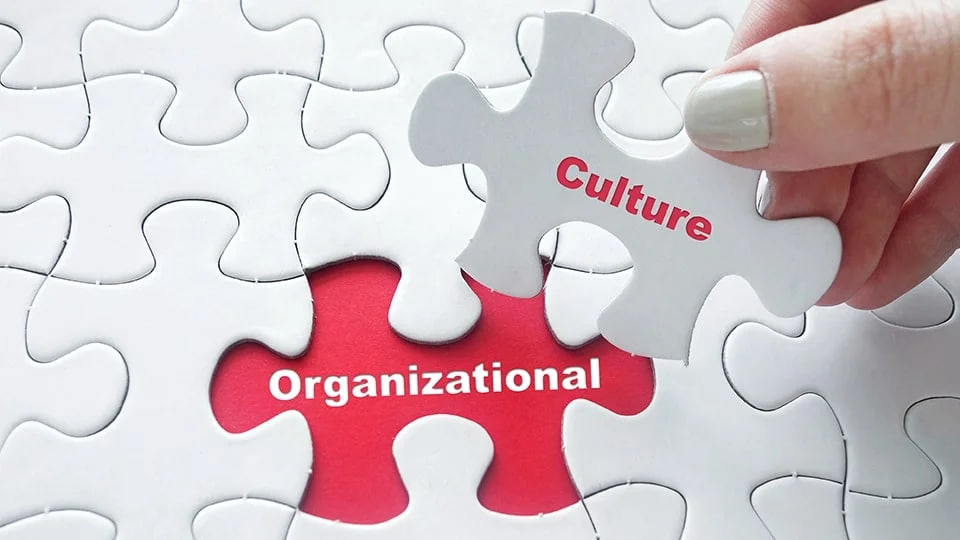Many believe that organizational culture evolves organically and that leaders cannot rebuild a weak culture. However, these are misconceptions. Organizational culture and performance are closely linked. Research indicates that 69% of organizations that adapted during the COVID-19 pandemic leveraged their strong culture as a competitive advantage.
In their analysis of organizational culture and performance across 200 companies, authors John Kotter and James Heskett discovered that firms with robust cultures experienced a staggering 756% increase in net profits, in contrast to a mere 1% increase for those with weak cultures. They argue that leaders can transform a failing culture, emphasizing that it is insufficient to merely provide entertainment or meals, foster harmony among employees, or even increase salaries.
Understanding "Alignment" in This Context
In this context, alignment means that "the whole is greater than the sum of its parts," fostering a work environment conducive to teamwork. Teams understand their strengths, leverage them to boost productivity, efficiency, adaptability, and strategic goals, and thrive in an ever-evolving environment.
The Importance of Aligning Organizational Culture and Performance for Leaders
A toxic organizational culture can result in employees’ frustration and disengagement. According to Gallup, 65% of the U.S. workforce feels this way. Conversely, organizations with highly engaged employees experience a 59% reduction in turnover rates.
Consequently, 56% of respondents in a Glassdoor survey indicated that a positive organizational culture is more important than salary for job satisfaction.
Organizational culture and performance are interconnected in every aspect of work—from employee sentiments about their roles and interactions with colleagues to their responses to challenges, handling of mistakes, and perspectives on work-life balance.
However, according to PwC, while 77% of senior executives feel aligned with the company's purpose, only 54% of other employees share this sentiment.
Leaders’ Role in Shaping Organizational Culture
Leadership Styles and Their Impact
1. Autocratic Leaders
These leaders make decisions independently, which results in quick employee performance but often stifles creativity and diminishes morale.
2. Democratic Leaders
These leaders involve team members in decision-making, fostering engagement and innovation.
3. Transformational Leaders
These leaders inspire and motivate their teams to achieve a shared vision, increasing employee commitment and organizational adaptability.
4. Hands-off Leaders
These leaders grant employees autonomy, which enhances creativity but may lack guidance.
5. Transactional Leaders
These leaders focus on clear goals, offer performance-based rewards and penalties, and create a results-oriented culture, but they may lack creativity and long-term thinking.
Balancing authority, collaboration, motivation, and autonomy is essential to improving alignment between organizational culture and employee performance.
Leadership and Organizational Culture
According to Salesforce, over 70% of employees in the United States report that their connection to organizational culture and its values inspires them to perform at their best. Aligning leadership and organizational culture is fundamental for corporate success.
Effective leaders are role models in nurturing organizational culture and employee performance, embodying the desired behaviors and values. Organizational culture can empower or hinder leaders in executing strategies and motivating teams.
The Impact of Organizational Culture on Performance
Measuring the effectiveness of organizational culture can be challenging. However, several tools can facilitate cultural change:

1. Engagement Surveys
These surveys collect data on cultural norms and identify challenges leaders face in tracking and measuring shifts in organizational culture and performance.
2. Cultural Diagnostics Surveys
These surveys raise awareness of the difficulties teams encounter when collaborating within traditional workplace structures.
3. Behavior Tracking Programs
These programs are ideally conducted biannually, and they monitor and assess organizational culture and performance.
4. Habit Reinforcement Techniques
They are implemented over 30, 60, or 90 days to ensure habits are acquired.
5. Coaching
It provides various coaching services for leaders after following specific training.
6. Consultation Design and Customization Services
They tailor training programs to align with the organization's vision, values, and behaviors.
Real-World Examples
Positive Examples
Employees aspire to fulfill the company's mission of "organizing the world's information and making it universally accessible and useful," viewing their work as impactful and significant.
HubSpot
The company adopts an open-door policy and believes employees do not need fixed hours or designated desks to excel in their work.
Negative Examples
Amazon
Many employees have described their experiences at the company as harsh and exhausting, reporting a lack of guidance or support when facing obstacles.
Uber
The New York Times described its organizational culture as "aggressive and undisciplined," with Uber acknowledging that negativity within its culture presents risks for investors.
Leaders' Strategies for Enhancing Alignment Between Organizational Culture and Performance
Implementing Change
Organizational culture is deeply ingrained in employees, who can change if they are committed to it. Consequently, leaders should lead by example through:
1. Building Trust
Leaders must demonstrate honesty and integrity while fostering shared experiences through collaborative projects or team-building activities.
2. Setting Clear Goals and Expectations
Leaders must set clear goals and involve team members in this process to enhance employee accountability and motivation.
3. Promoting Psychological Safety
Leaders must create an environment where employees feel safe asking questions, expressing concerns, sharing ideas, and providing feedback. Taking appropriate action to address employee issues is essential, ultimately contributing to the organization's success.
4. Celebrating Diversity
Leaders should recognize and embrace employees' unique strengths, experiences, and talents, fostering an inclusive work environment where everyone feels valued.
5. Encouraging Support and Recognition
Leaders should acknowledge the achievements of employees and teams, encouraging team members to celebrate each other's successes and offer help when needed.
6. Promoting Development
Leaders should coach employees instead of constantly criticizing them, observe their talents and aspirations, and offer development opportunities.
7. Addressing Challenges
Internal barriers such as arrogance, fear, complacency, and biases are the real obstacles to transforming organizational culture and employee performance. Even positive changes can be resisted.
Conclusion
Leaders must adopt a proactive approach to shaping organizational culture, enhancing employee performance, and ensuring alignment between the two. Recognizing the interconnectedness of organizational culture and performance is crucial for leaders, as it fosters a more engaged workforce that consistently achieves optimal performance.






